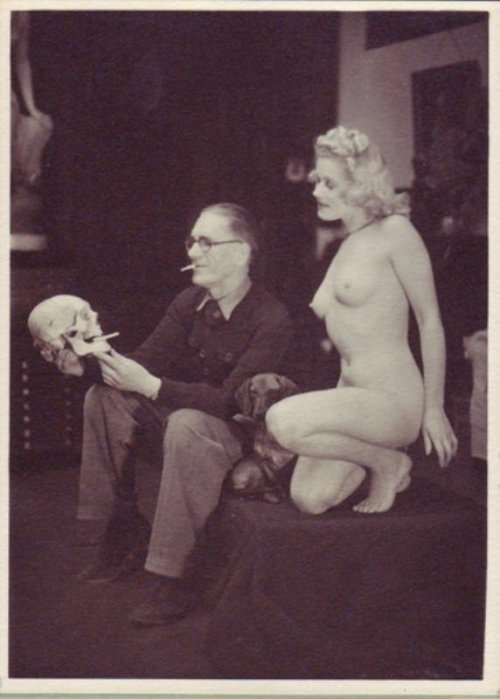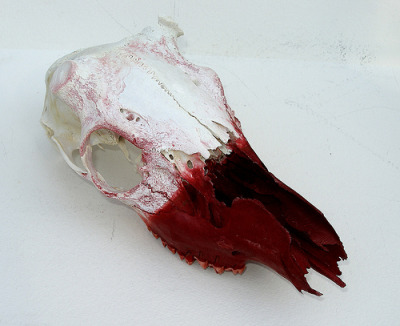Peregrinator
Hooded On A Hill
- Joined
- May 27, 2004
- Posts
- 89,482
MacGuyver would be jealous! Damn is that impressive!
I can't wait to try it. I'm going to order a lens today.
Edit: I wonder if it will work with my digital camera. The camera is perfectly happy to focus through a regular microscope.












